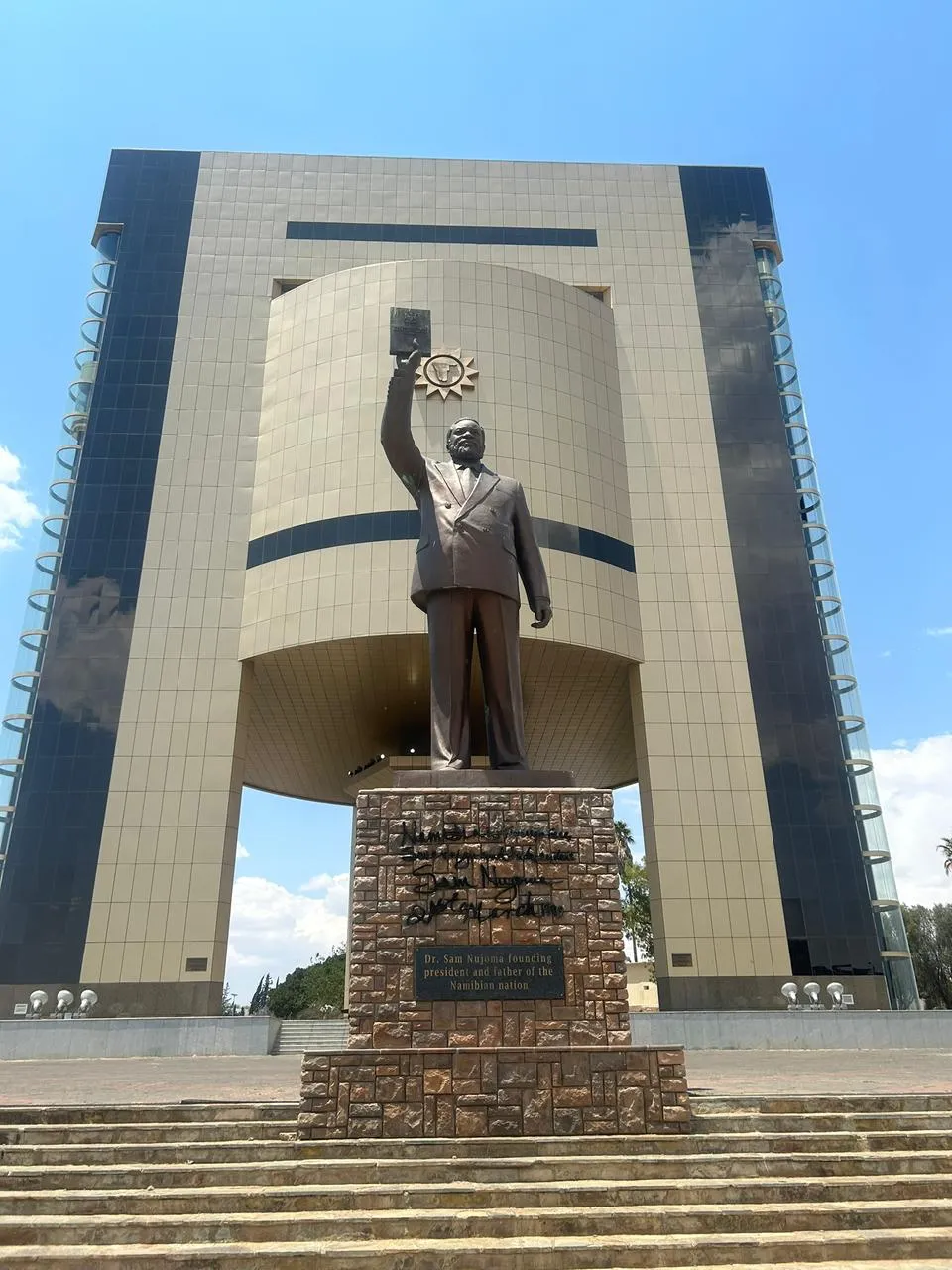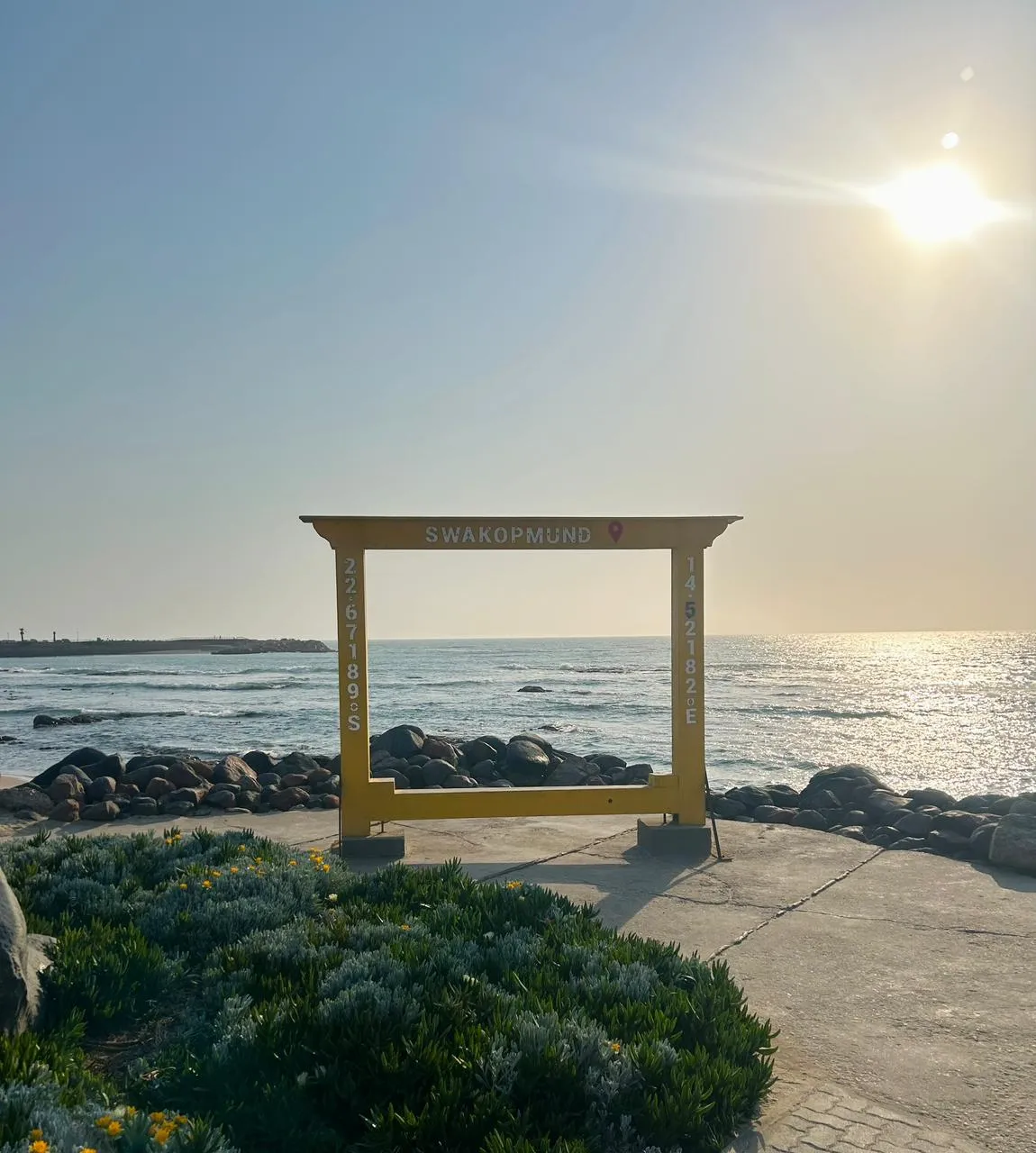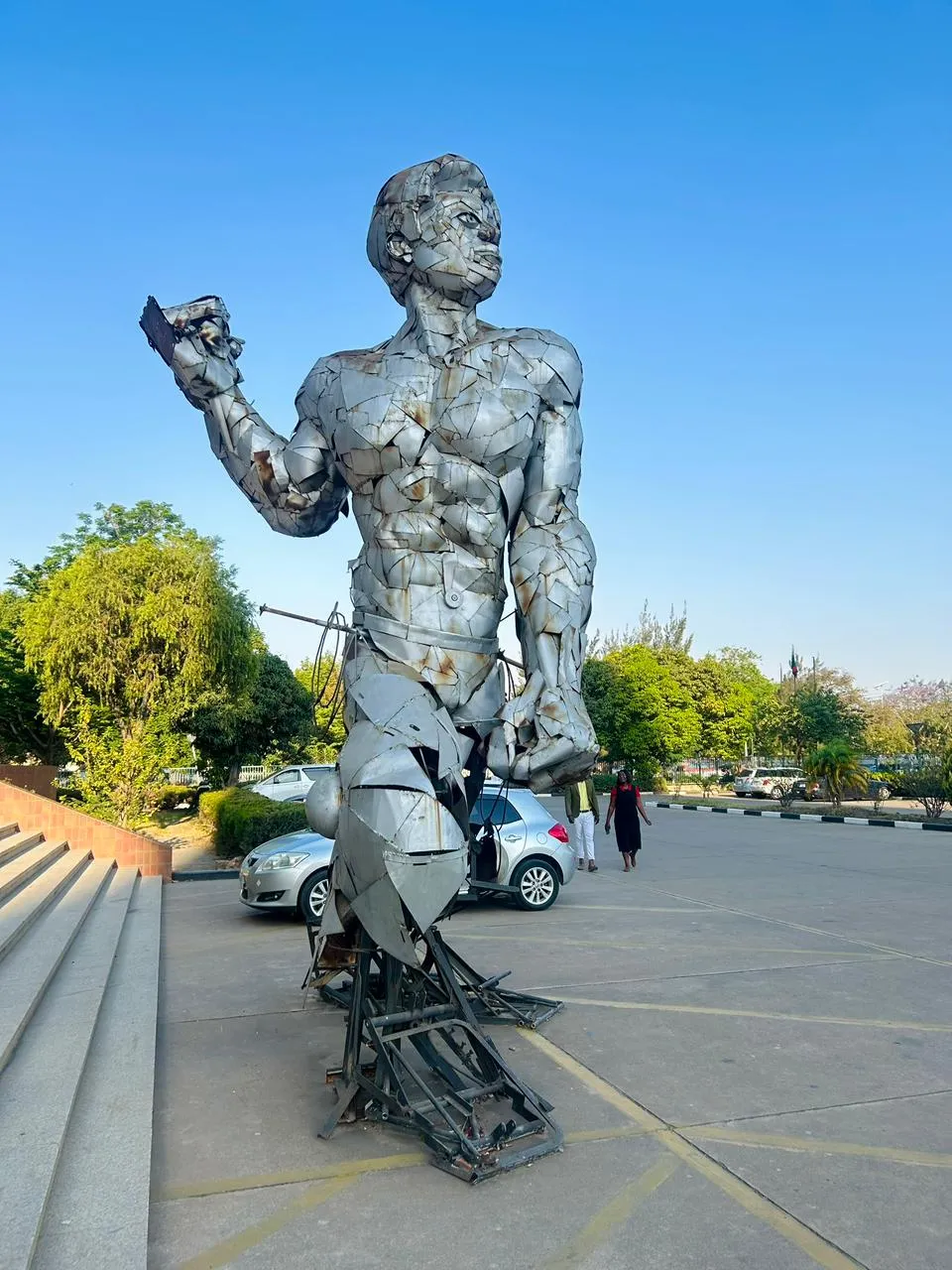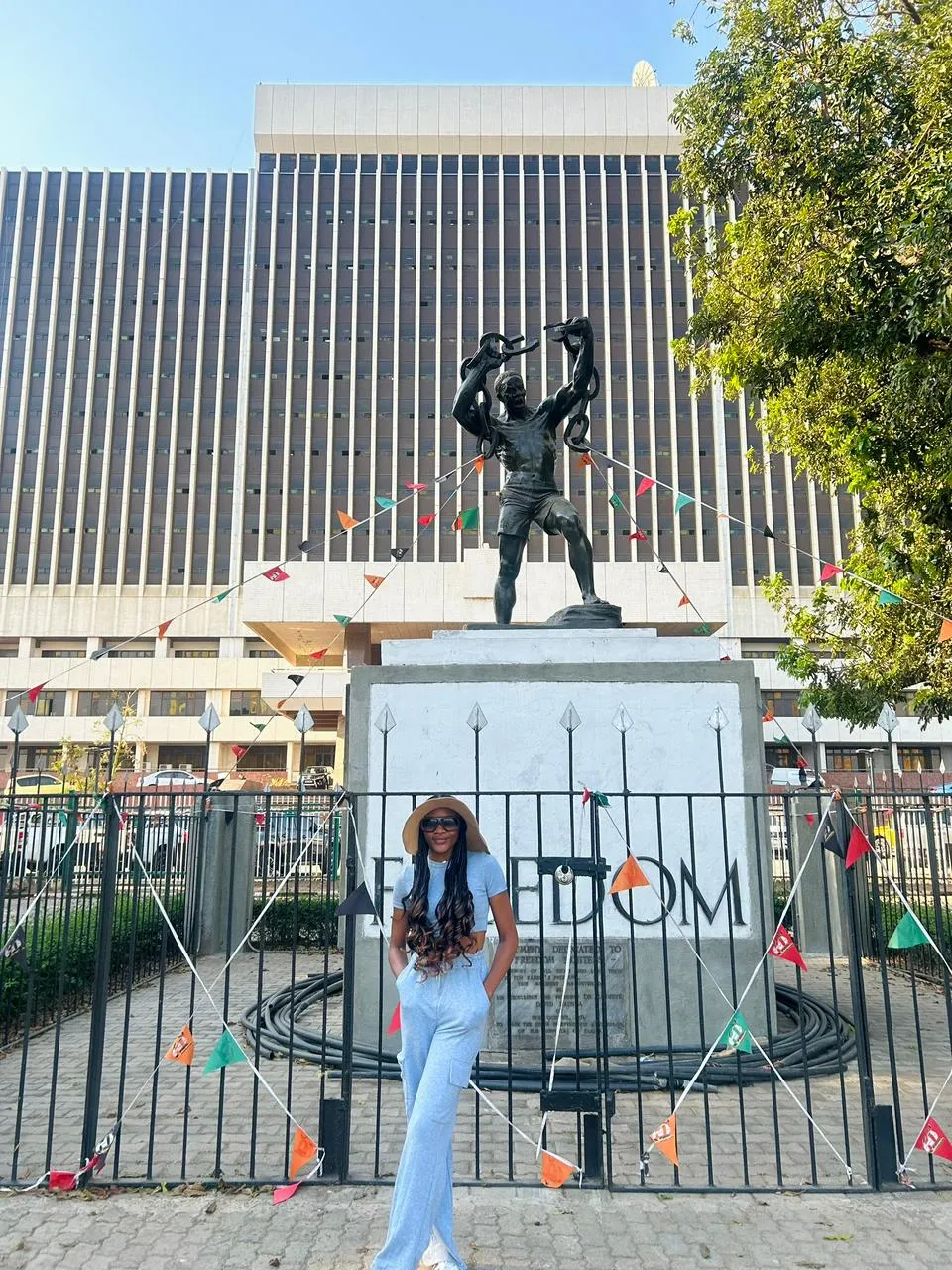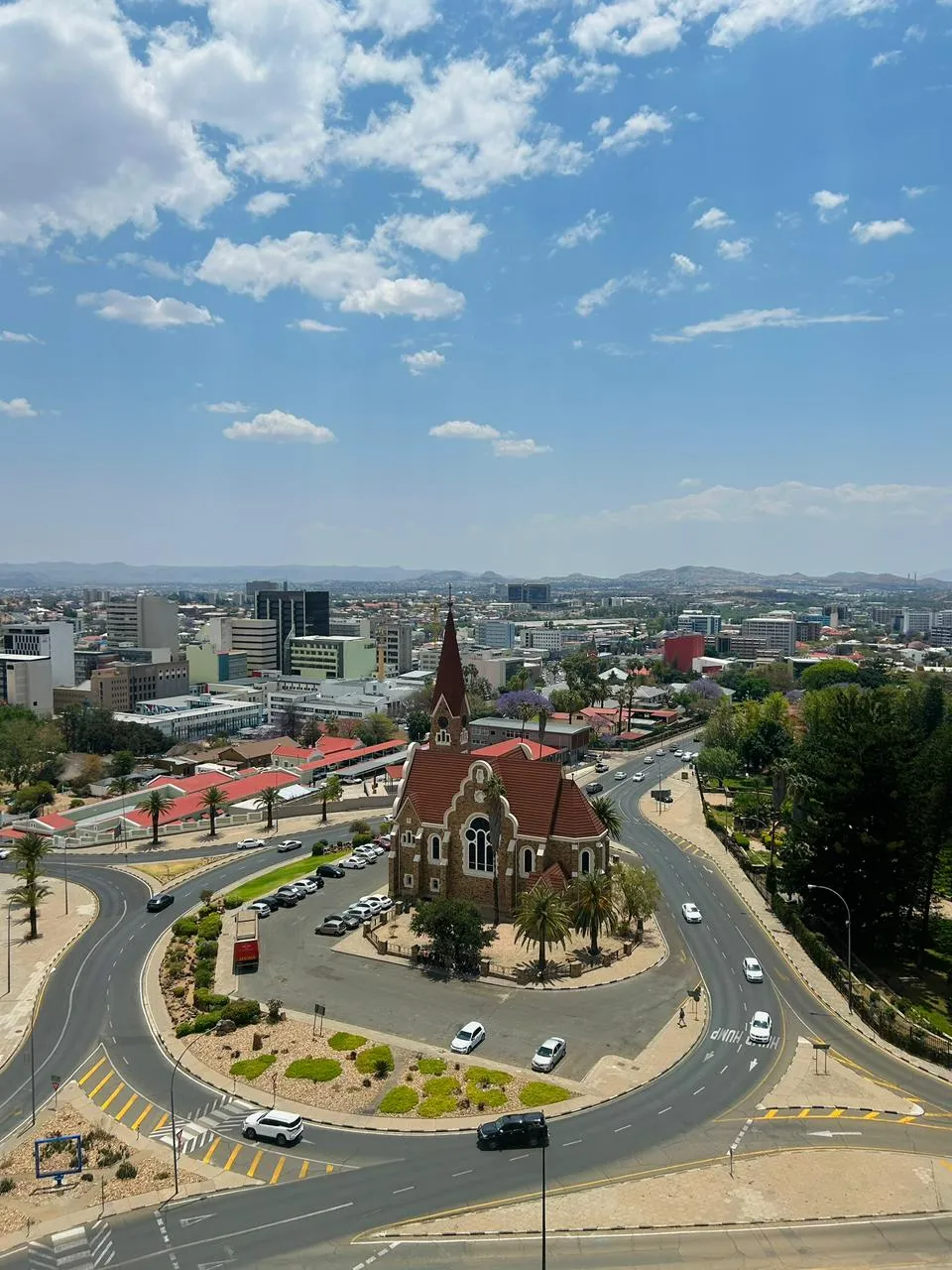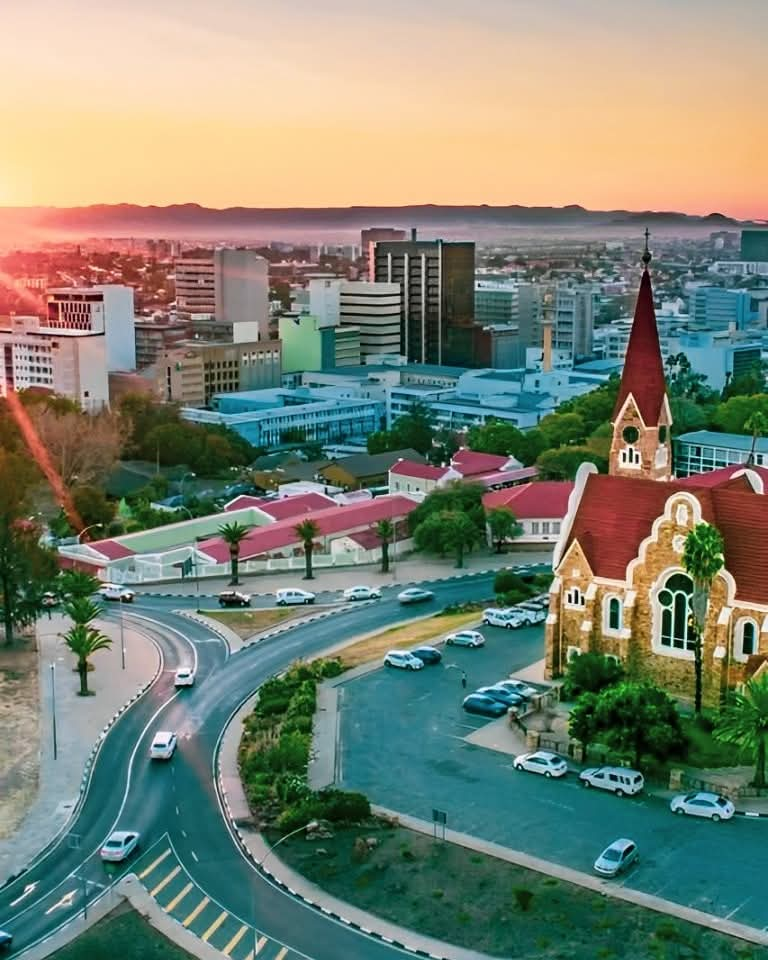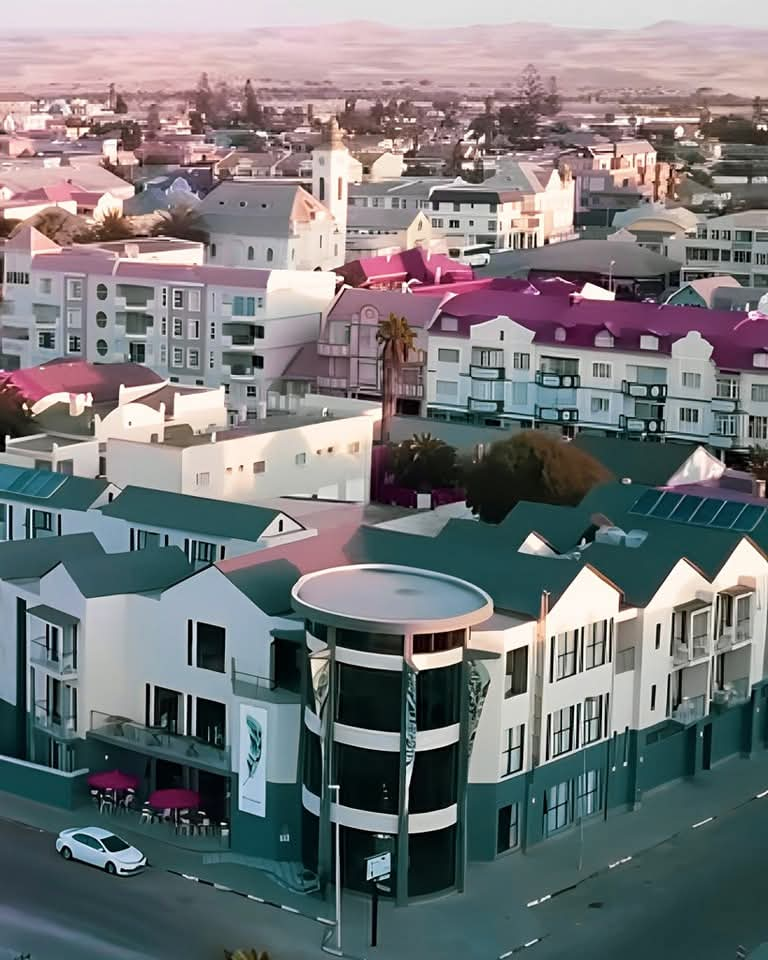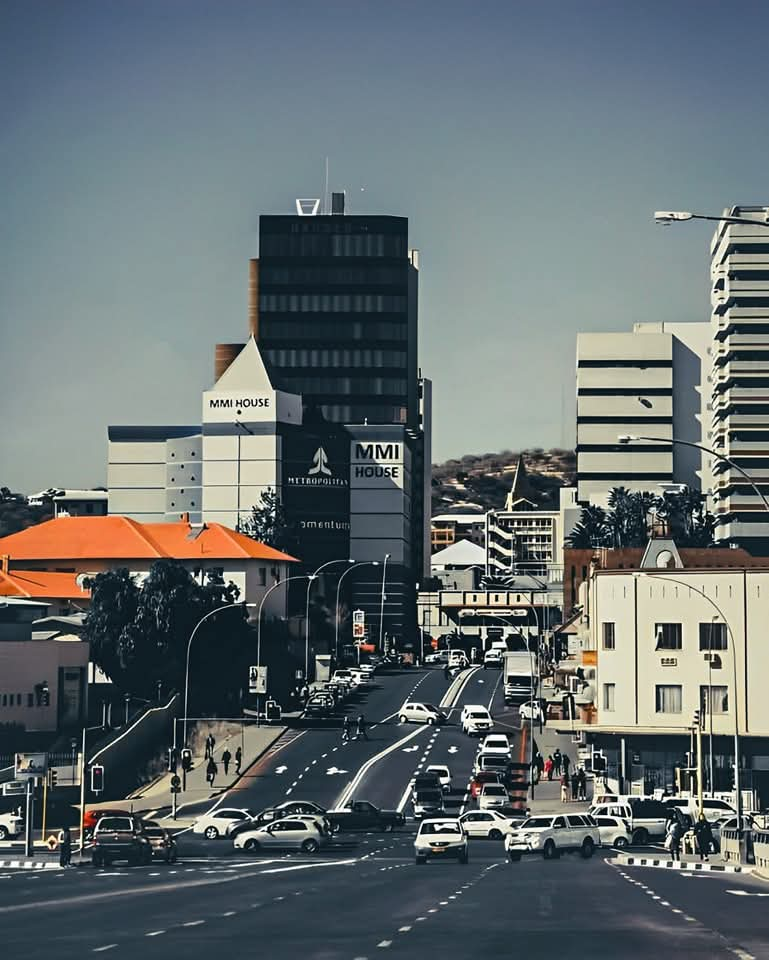Namibia
Rating: ⭐⭐⭐⭐⭐Namibia
Namibia, located in southern Africa, is a land of breathtaking landscapes, unique wildlife, and vibrant cultures. Known for its vast deserts, rugged coastline, and remarkable national parks, Namibia offers an unforgettable travel experience for adventure enthusiasts, nature lovers, and cultural explorers.
Why Visit Namibia?
• Spectacular Landscapes: Home to the towering dunes of the Namib Desert, rugged mountains, and striking salt pans.
• Unique Wildlife: Offers desert-adapted species like elephants, lions, and rhinos, alongside traditional safari animals.
• Rich Cultural Heritage: A mix of indigenous traditions, including Himba and San (Bushmen) communities.
• Adventure Opportunities: From sandboarding in the dunes to stargazing in some of the darkest skies on Earth.
Top Attractions in Namibia
a) Namib Desert and Sossusvlei
• Sossusvlei Dunes: towering red sand dunes, including the iconic Dune 45 and Big Daddy, perfect for climbing and photography.
• Deadvlei: A surreal clay pan with ancient, fossilized trees set against striking orange dunes and blue skies.
• Sesriem Canyon: A natural canyon carved by water, ideal for hiking and exploration.
b) Etosha National Park
• One of Africa’s top wildlife destinations, centered around the vast Etosha salt pan.
• Home to the “Big Five” (except buffalo), cheetahs, zebras, giraffes, and flamingos during the rainy season.
• Waterholes provide exceptional game-viewing opportunities, especially in the dry season.
c) Skeleton Coast
• A dramatic, foggy coastline dotted with shipwrecks and seal colonies.
• Offers a sense of isolation and stark beauty, ideal for off-the-beaten-path explorers.
d) Damaraland
• Known for its rugged mountains, ancient rock art at Twyfelfontein (a UNESCO World Heritage Site), and desert-adapted elephants and rhinos.
e) Fish River Canyon
• The second-largest canyon in the world, offering incredible views and challenging hikes, such as the Fish River Canyon Trail.
f) Swakopmund and Walvis Bay
• Swakopmund: A charming coastal town with German colonial architecture, adventure sports, and excellent seafood.
• Walvis Bay: Famous for its flamingos, pelicans, and thrilling activities like kayaking and dolphin cruises.
g) Caprivi Strip (Zambezi Region)
• A lush contrast to Namibia’s arid landscapes, featuring rivers, wetlands, and abundant wildlife.
• Ideal for boat safaris and birdwatching.
Best Time to Visit Namibia
• Dry Season (May to October): Best for wildlife viewing, as animals gather around waterholes. Clear skies make this a prime time for stargazing.
• Green Season (November to April): Landscapes turn lush, and birdwatching is at its best. However, some areas may become less accessible due to rain.
Activities in Namibia
• Safari Adventures: game drives in Etosha, guided tours to see desert-adapted elephants, and private reserves for exclusive experiences.
• Adventure Sports:
• Sandboarding, quad biking, and dune surfing in Swakopmund.
• Hot air balloon rides over the Namib Desert.
• Cultural Experiences: Visit Himba villages to learn about their way of life and the San (Bushmen) for insights into ancient survival skills.
• Photography: Capture Namibia’s incredible contrasts, from dunes to wildlife.
• Hiking and Trekking: Explore the Fish River Canyon or trails in Spitzkoppe, a dramatic granite mountain range.
• Stargazing: Namibia is one of the best places in the world for stargazing, with minimal light pollution.
Food and Cuisine in Namibia
Traditional Dishes:
• Kapana: Grilled meat, often served with chili sauce and eaten as street food.
• Biltong: Dried meat, similar to jerky, made from beef or game.
• Potjiekos: A stew prepared in a three-legged cast-iron pot over an open fire.
• Mahangu (Pearl Millet): A staple grain used in porridge or as a side dish.
German Influence:
Namibia’s colonial past has left a legacy of German-inspired cuisine, including schnitzels, sausages, and excellent baked goods like apple strudel.
Seafood:
Swakopmund and Walvis Bay offer fresh oysters, fish, and lobster.
Culture and Traditions
Namibia is home to a diverse range of ethnic groups, each with unique traditions and lifestyles.
• Himba People: Known for their ochre-colored skin and traditional attire. They live semi-nomadic lives in the Kunene region.
• San (Bushmen): The oldest known inhabitants of southern Africa, skilled in tracking and survival techniques.
• Herero and Himba Dress: distinctive traditional clothing, with Herero women wearing Victorian-style dresses.
• Languages: English is the official language, but many indigenous languages like Oshiwambo, Nama, and Afrikaans are widely spoken.
Accommodation Options
• Luxury Lodges: Offer high-end amenities and stunning locations in private reserves or near major attractions.
• Mid-Range Camps and Guesthouses: Comfortable and affordable, often family-run.
• Budget-Friendly Campsites: Perfect for self-drive travelers with their own tents or rented equipment.
• Unique Stays: Desert camps, treehouses, and stargazing accommodations.
Transportation and Accessibility
• Self-Driving: A popular way to explore Namibia, with well-maintained gravel roads connecting major attractions.
• Guided Tours: Offer convenience and expertise for those who prefer not to self-drive.
• Domestic Flights: Small charter flights provide quick access to remote areas like the Skeleton Coast or Sossusvlei.
Sustainability and Conservation
Namibia is a global leader in conservation and eco-tourism.
• It was the first country to incorporate environmental protection into its constitution.
• Community-based conservancies ensure that local people benefit directly from tourism, helping protect wildlife and habitats.
Travel Tips
• Visas: Many nationalities can enter Namibia visa-free or get a visa on arrival. Check specific requirements before travel.
• Currency: Namibian Dollar (NAD), but South African Rand is also widely accepted.
• Health: Malaria prophylaxis is recommended if traveling to the north (e.g., Caprivi Strip).
• Packing: Bring sunscreen, a hat, and layers for cool desert nights.
• Safety: Namibia is one of Africa’s safest countries, but standard travel precautions apply.
Fun Facts About Namibia
• The Namib Desert is considered the oldest desert in the world, estimated to be around 55 million years old.
• Namibia is the second least densely populated country in the world, offering unparalleled tranquility.
• The Himba people use otjize paste (a mix of butterfat and ochre) on their skin for sun protection and as a beauty ritual.
Namibia’s blend of dramatic landscapes, extraordinary wildlife, and cultural richness makes it a top destination for anyone seeking adventure, serenity, and inspiration. From the iconic red dunes of Sossusvlei to the wildlife-rich Etosha National Park, Namibia promises memories that last a lifetime.
